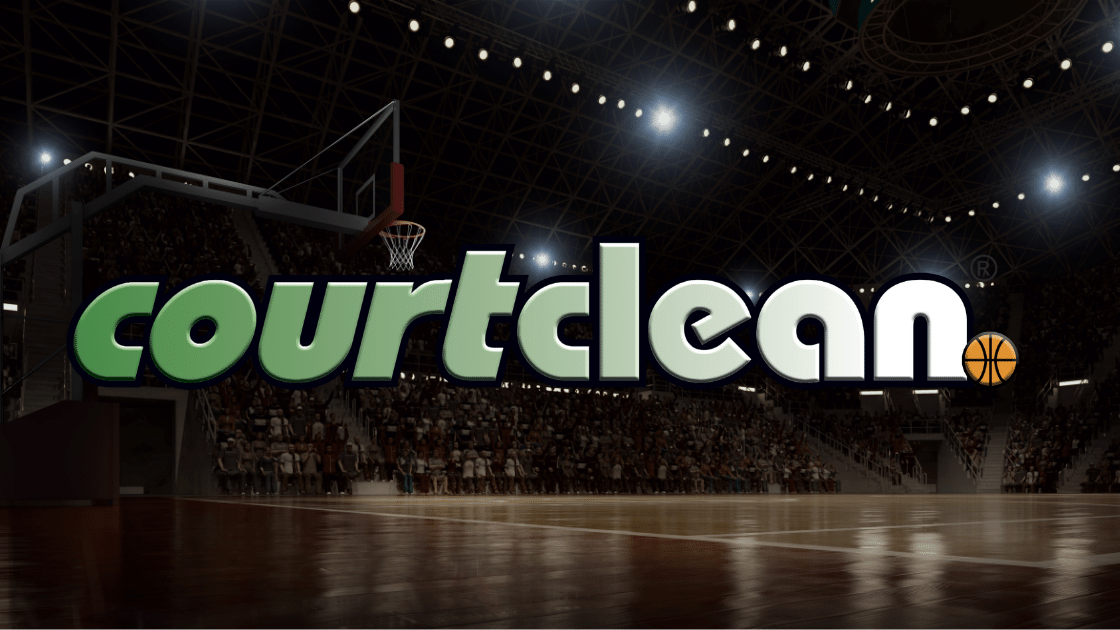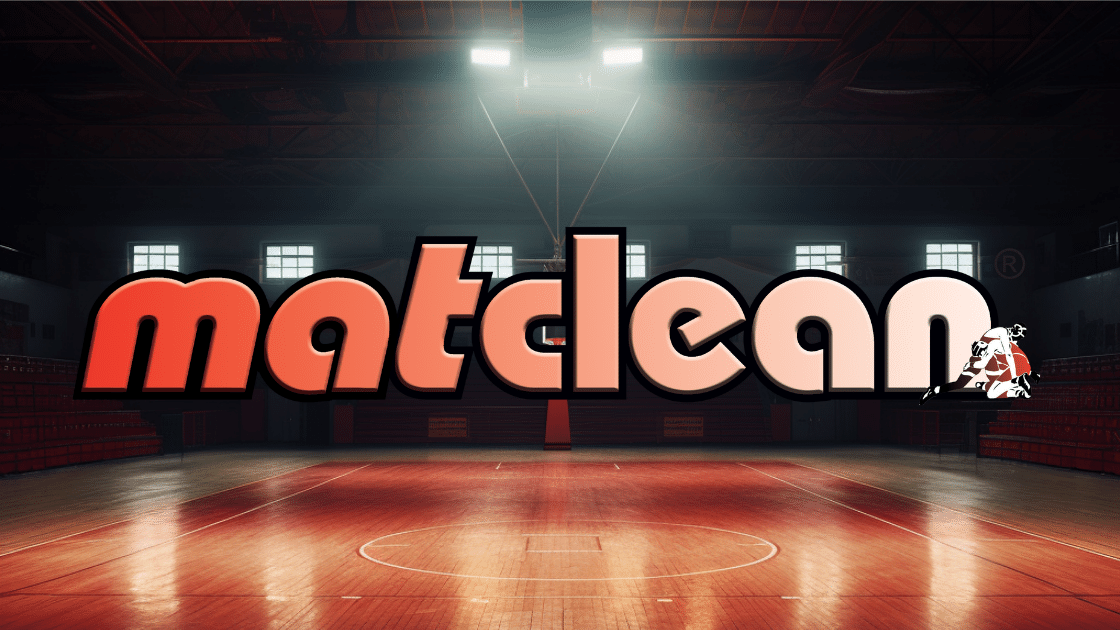Embarking on the journey to create the ideal basketball court requires a deep dive into the dimensions, surface considerations, and crucial maintenance practices that sustain peak performance. This blog explores the intricacies of crafting the perfect basketball court to enhance the game experience.
**Dimensions Decoded:**
Before delving into the nuances of the court's surface, understanding the dimensions is paramount. From professional arenas to high school gyms, the dimensions vary, ensuring a fair and competitive playing field. The inner court markings, foul line distances, and backboard dimensions provide the foundation for uniform gameplay.
Width and Lengths
NBA and College level arenas use a court that is 94 feet by 50 feet.
High School and recreational courts are 84 feet by 50 feet.
International Basketball courts are 92 feet by 49 feet.
**Navigating Court Markings:**
What is the significance of key court markings? These markings reveal the strategic elements of the game. From the foul line's precise distance to the three-point arc's strategic positioning, each marking influences player tactics. Consistency in these markings across different levels of play adds depth to the understanding of basketball strategy.
Free-throw Line:
For all courts, the foul line distance is 15’ from the foul line to the backboard, and 18’10” from the baseline.
The Key:
Commonly referred to as “the paint” it ranges from 16 Feet wide for NBA and International Courts and 12 feet wide for collegiate and High School Courts.
The Circles:
A basketball court also consists of three circles, One at the center court and one centered on each of the two foul lines.
The Three-Point Arc:
This distance of the three-point arc has varied through the years for many different reasons, stemming from level to difference in leagues. However recently the adoption of the international FIBA distances has become common, as the NCAA adopted it for both men's and women’s sports. 
- High School - 19.75 ft.
- Collegiate - 22.1 ft.
- WNBA & FIBA (women’s) - 22.1 ft.
- FIBA (men’s) - 22.1 ft.
- NBA - 23.9 ft. and 22 ft. in the corners.
**Selecting the Optimal Surface:**
The hardwood surface serves as the canvas for basketball artistry, impacting player performance in multifaceted ways. Here's why maple hardwood emerges as the surface of choice:
- **Shock Absorption:** Maple hardwood excels in absorbing shocks, reducing stress on players' joints and minimizing fatigue. A pivotal factor in ensuring player well-being.
- **Vertical Deflection:** Balancing the floor's downward movement during impact, maple hardwood enhances lower-extremity joint stability crucial for fast-paced sports.
- **Area Deflection:** Maple hardwood floors offer a broader area of deflection, customizable to cater to the preferences of coaches and players.
- **Friction:** Achieving the delicate balance of surface friction is a forte of high-performance maple hardwood, allowing players to maintain control without compromising fluid movement.
- **Ball Bounce:** Maple hardwood floors provide optimal conditions for ball bounce, a critical factor shaping the dynamics of basketball gameplay.
**Essential Maintenance Practices:**
Ensuring the longevity and sustained performance of a hardwood basketball court hinges on meticulous maintenance:
- **Daily Maintenance:** Regular sweeping with a treated dust mop is a must to keep the surface free from dust, grit, and abrasive particles.
- **Water Management:** Preventing water from accumulating on the floor surface, especially during inclement weather and at exterior doorways, is crucial to avoid damage.
- **Spill Response:** Immediate removal of spills or moisture is imperative to prevent long-term damage to the hardwood surface.
- **Approved Cleaning Products:** Only use cleaning products approved by the manufacturer and compatible with the floor's finish. This ensures effective cleaning without compromising the floor's integrity.
**Dos and Don'ts Unveiled:**
Understanding the specific actions that contribute to the well-being of the hardwood basketball court is essential. Here's a comprehensive breakdown:
**DOs:**
- Sweep the floor daily with a properly treated damp mop.
- Keep water off the floor surface for extended periods, especially during inclement weather and at exterior doorways.
- Immediately remove any spills or moisture on the floor.
- Use approved cleaning products compatible with the floor's finish.
- Follow the manufacturer's specifications for floor protection.
**DON'Ts:**
- Never shut down the ventilation system for an extended period.
- Avoid using water-based scrubbing machinery or power scrubbers.
- Refrain from attempting DIY modifications or repairs without consulting professionals.
- Steer clear of using household cleaning products on the floor.
- Tape usage is prohibited on a wood gym floor.
Understanding these dos and don'ts ensures that the basketball court remains a pristine stage for athletic prowess, providing an environment that is both durable and safe for players. Crafted with care, a hardwood basketball court becomes a testament to the artistry of the game.



